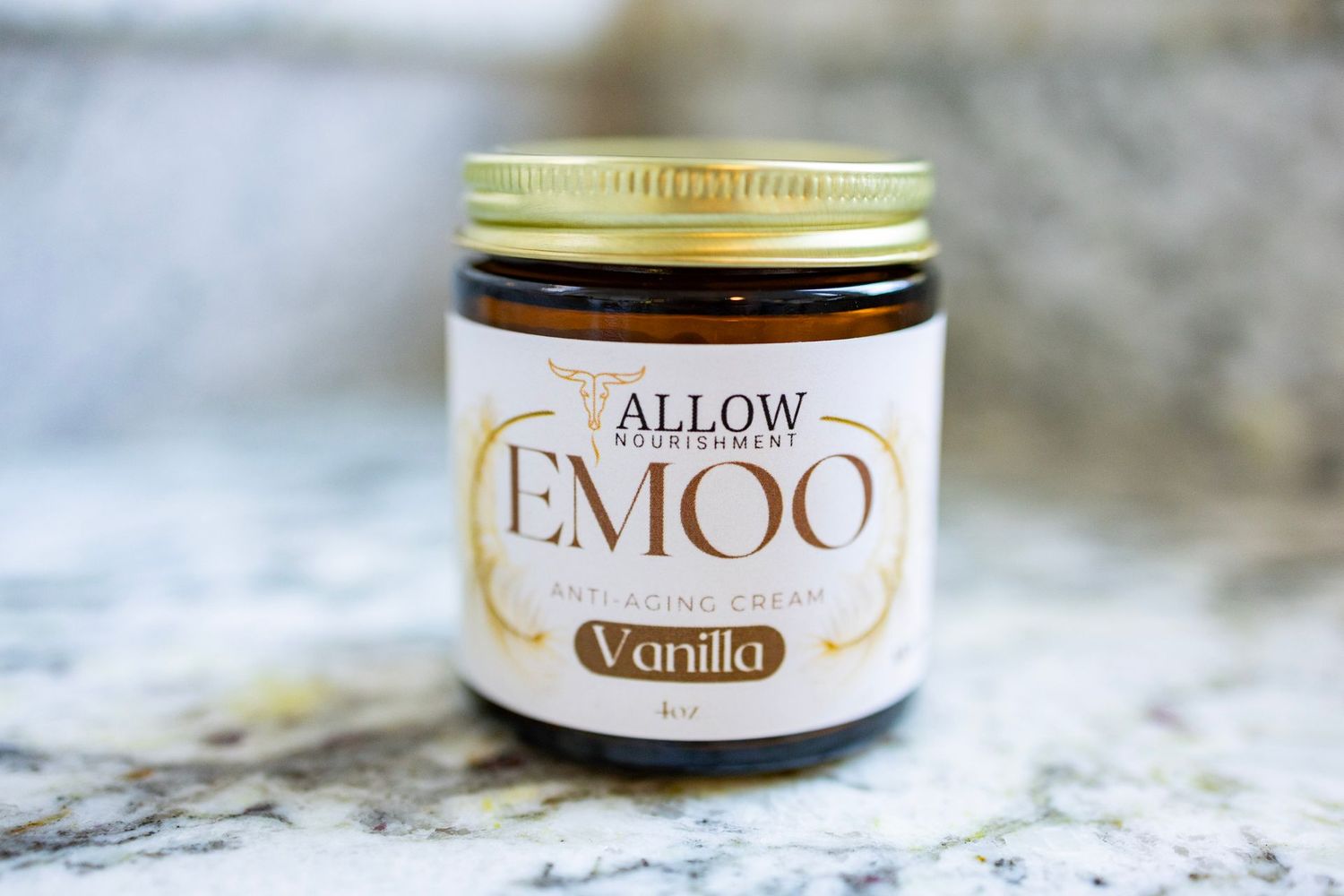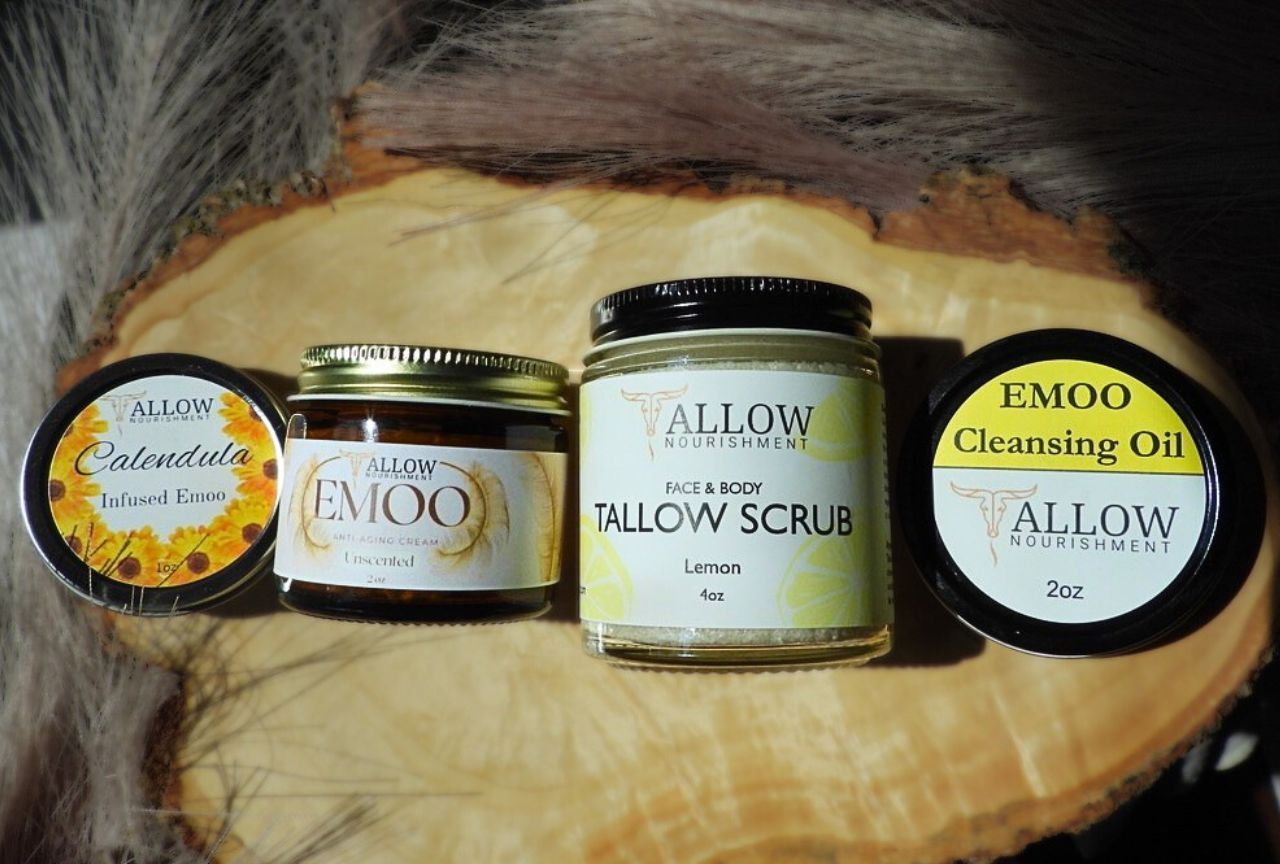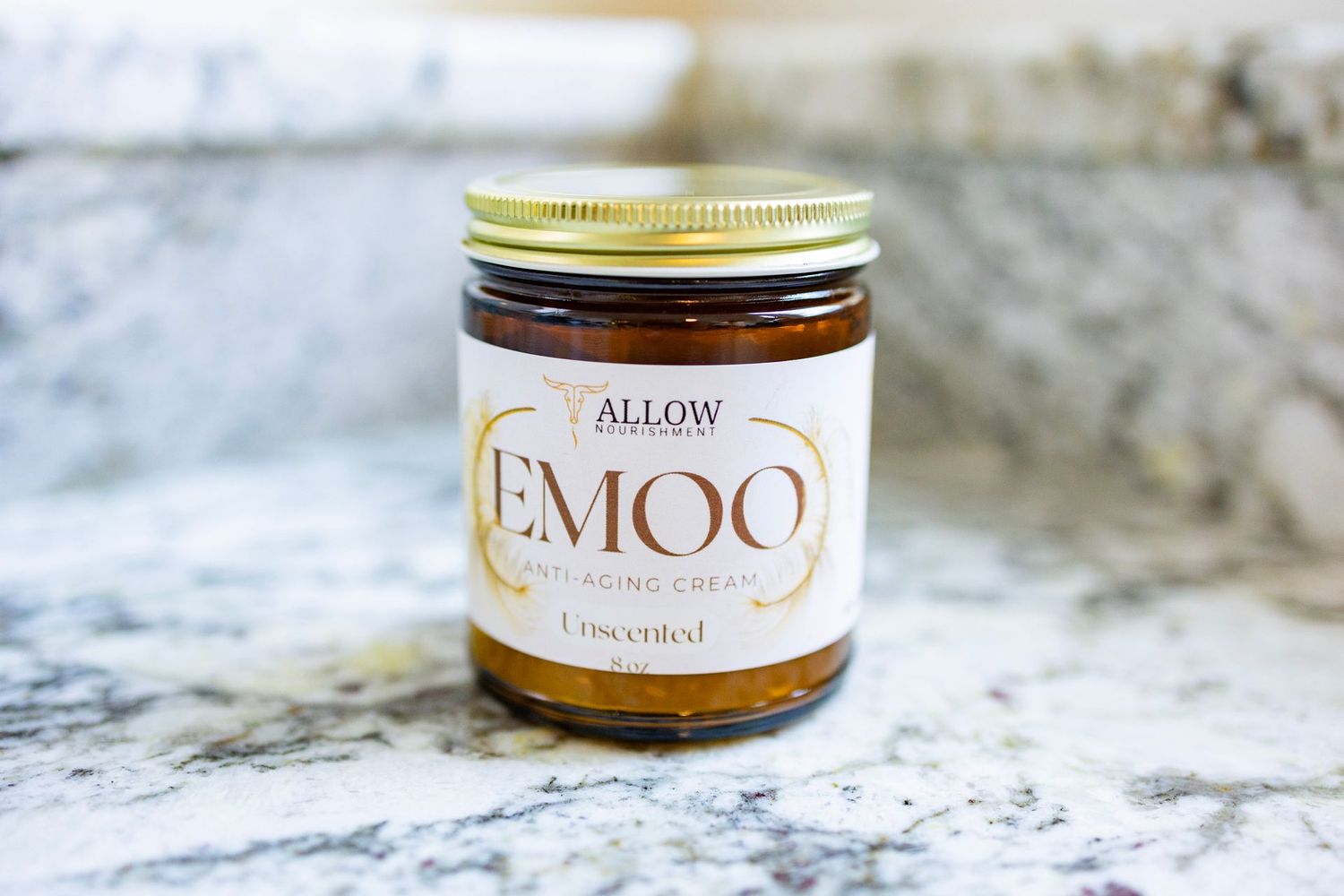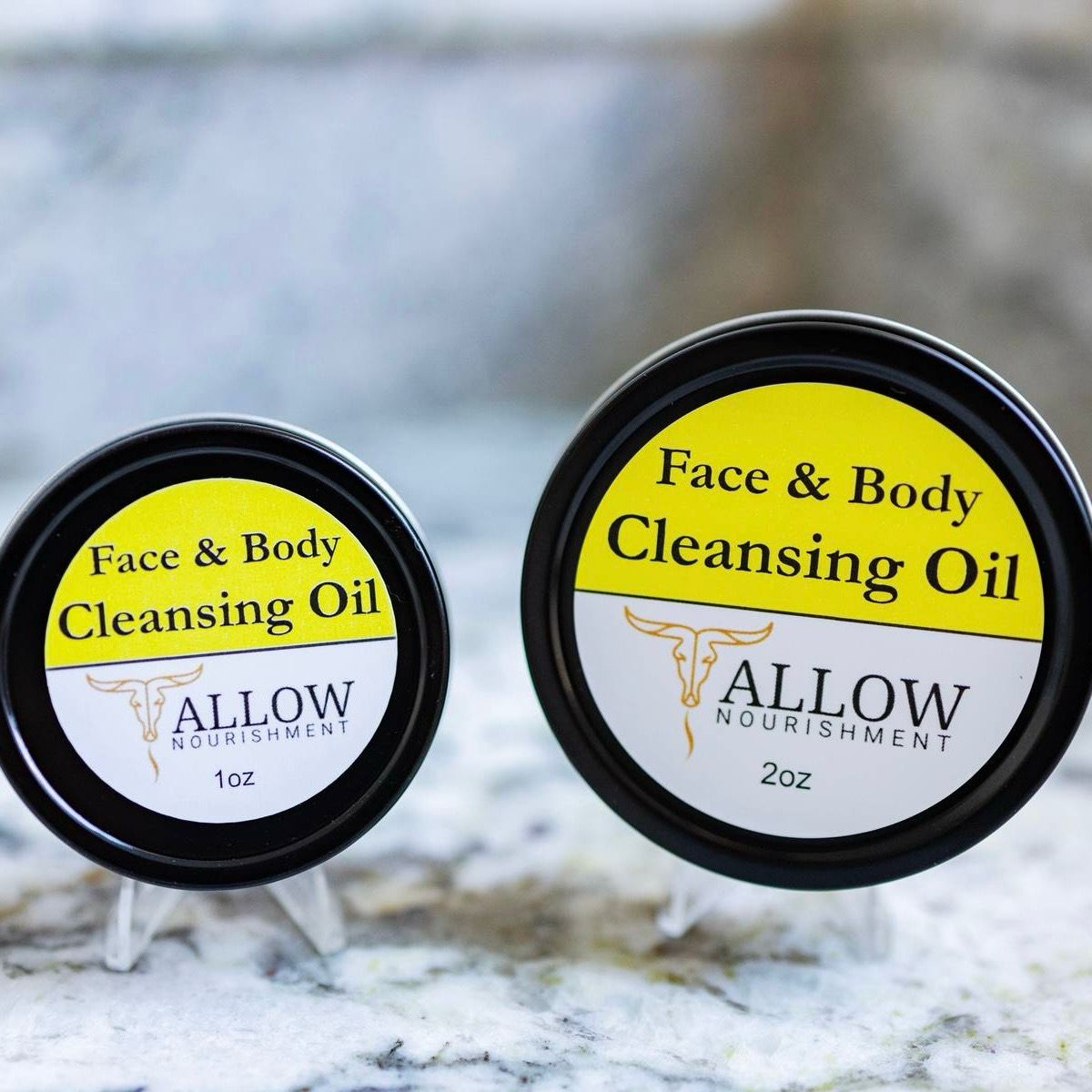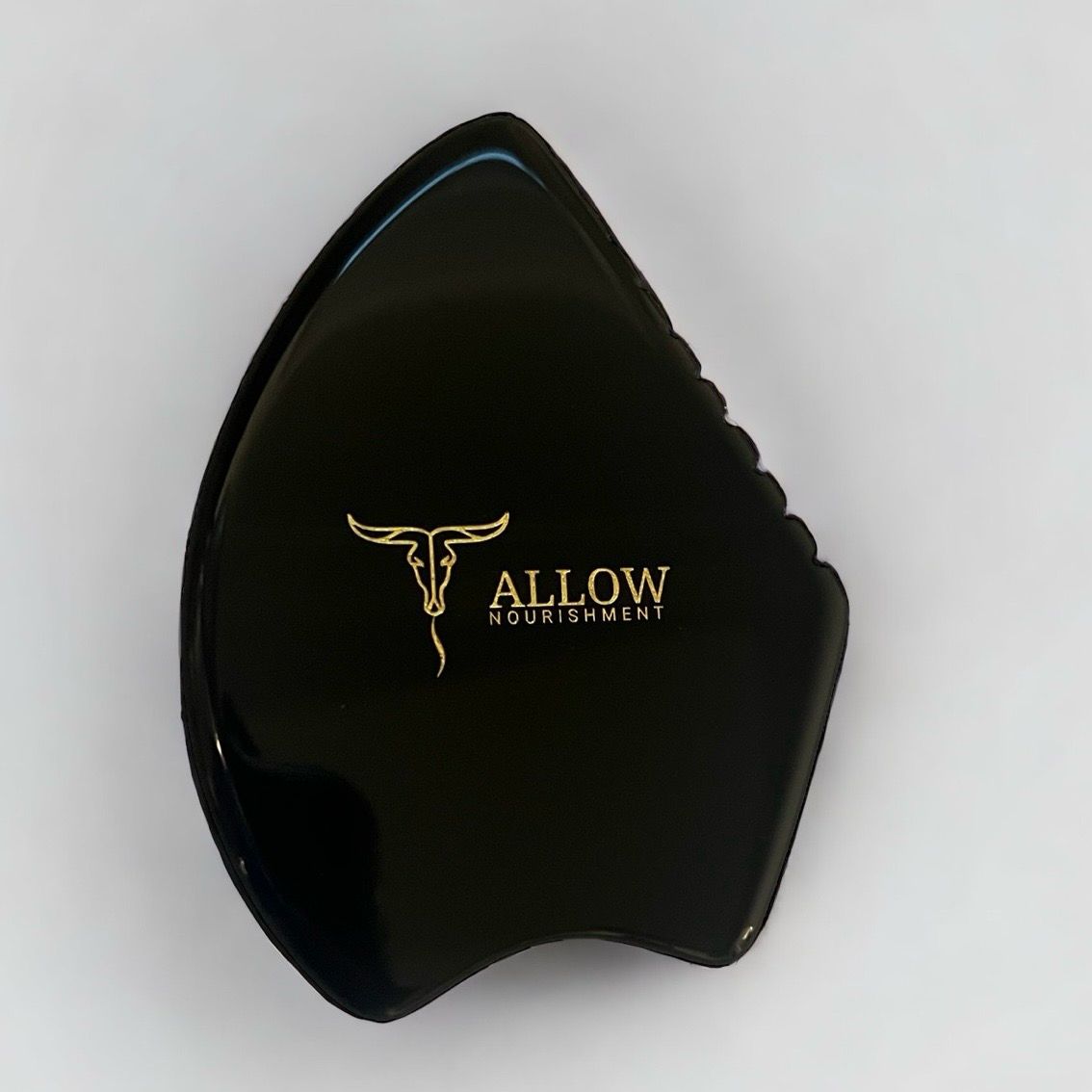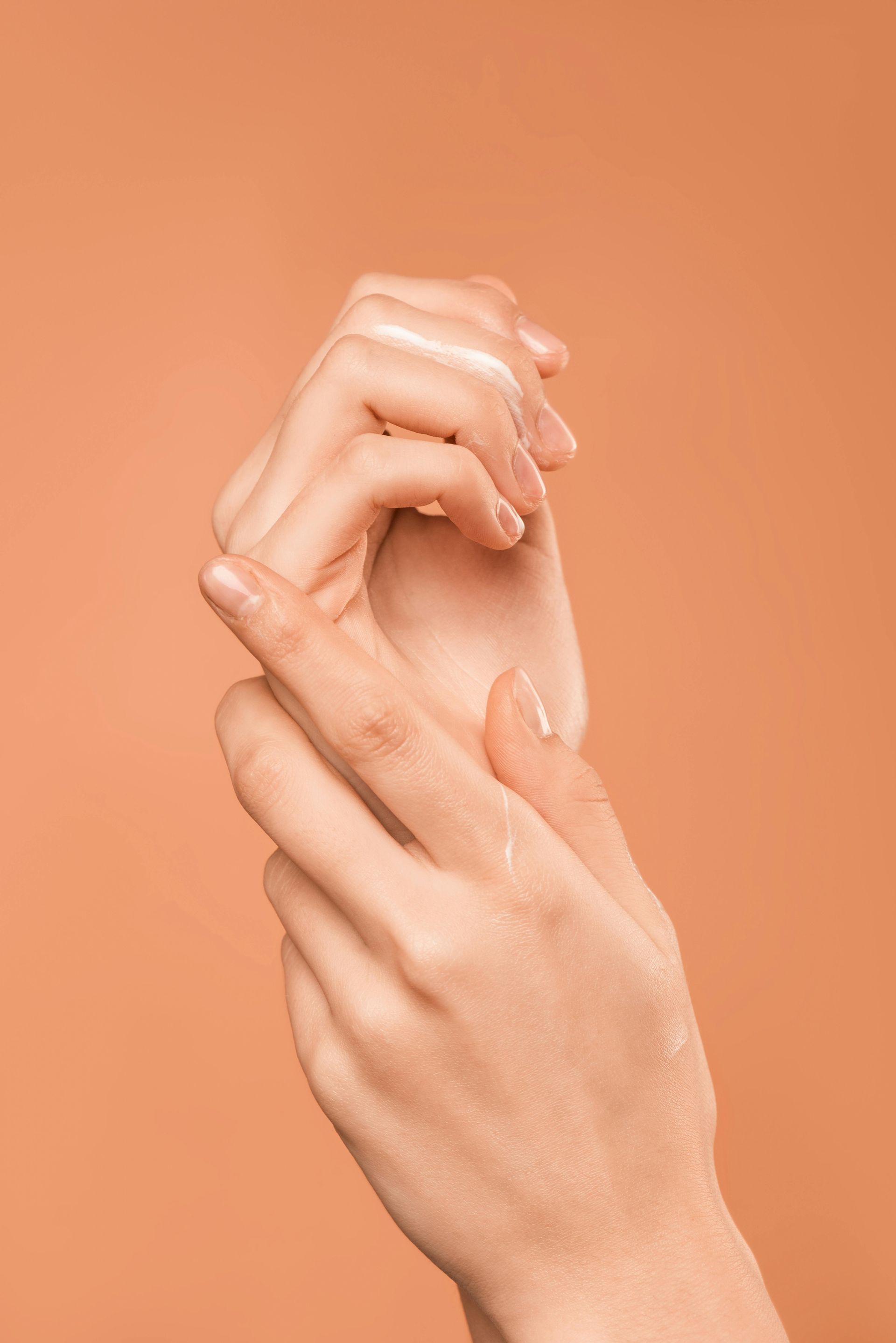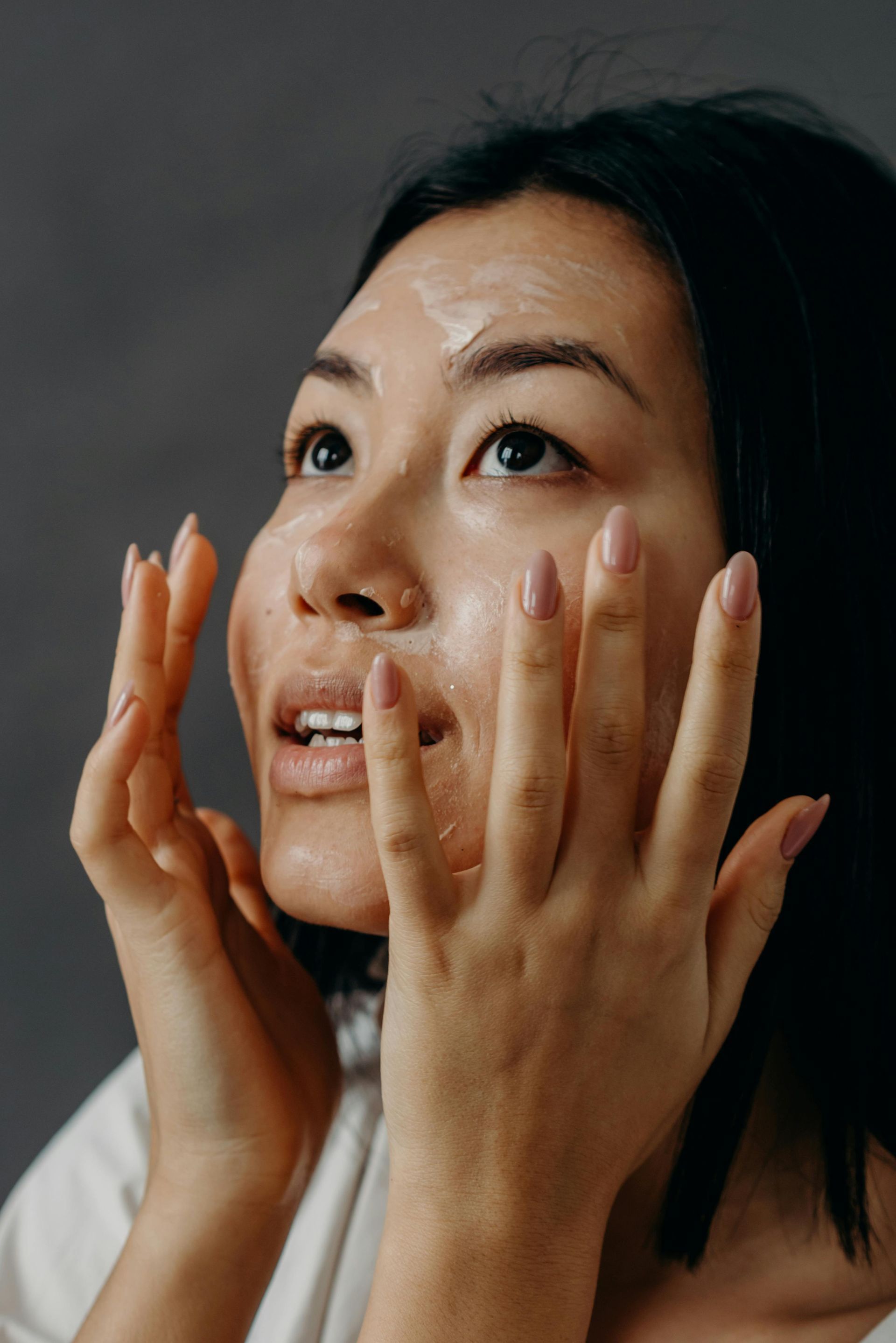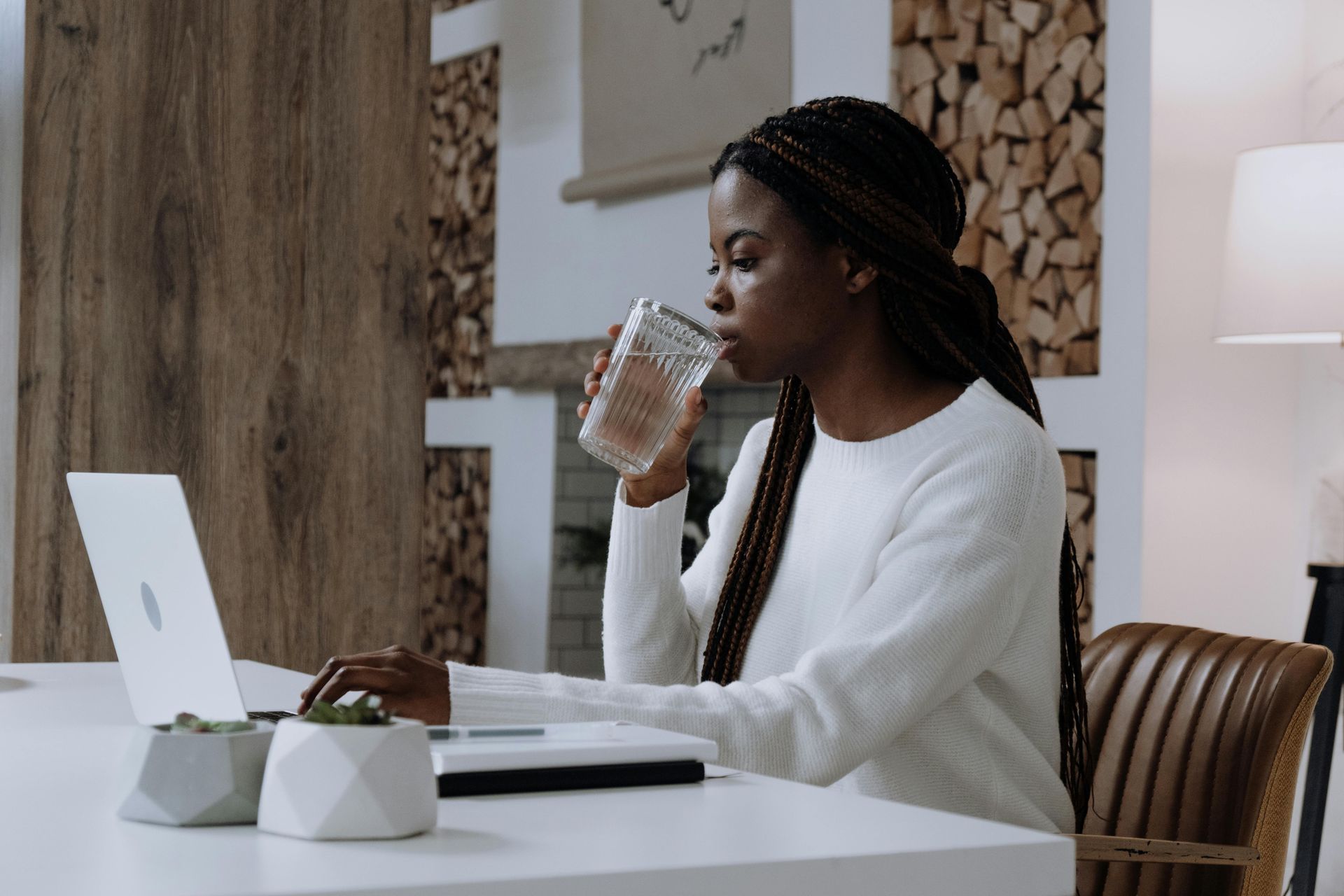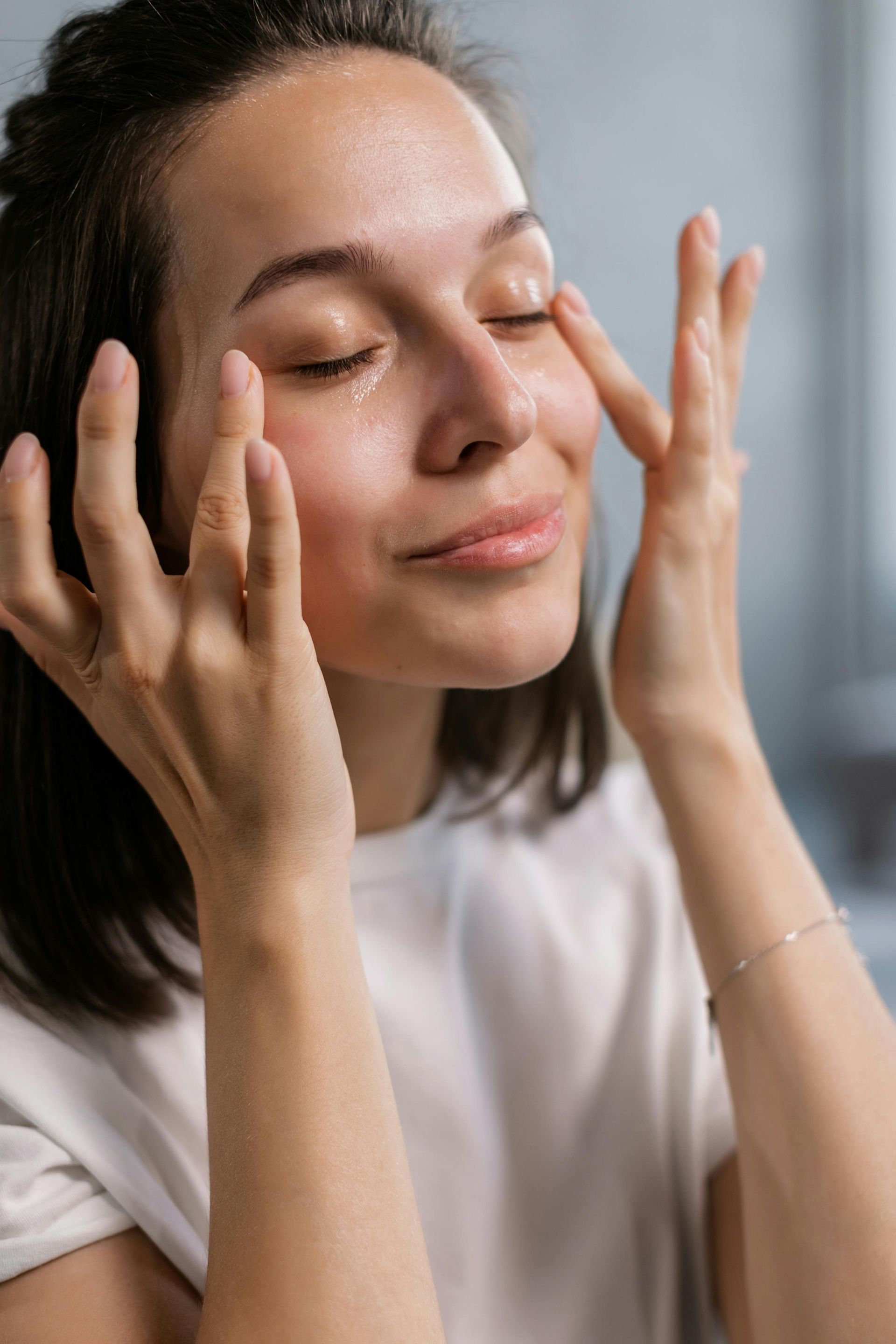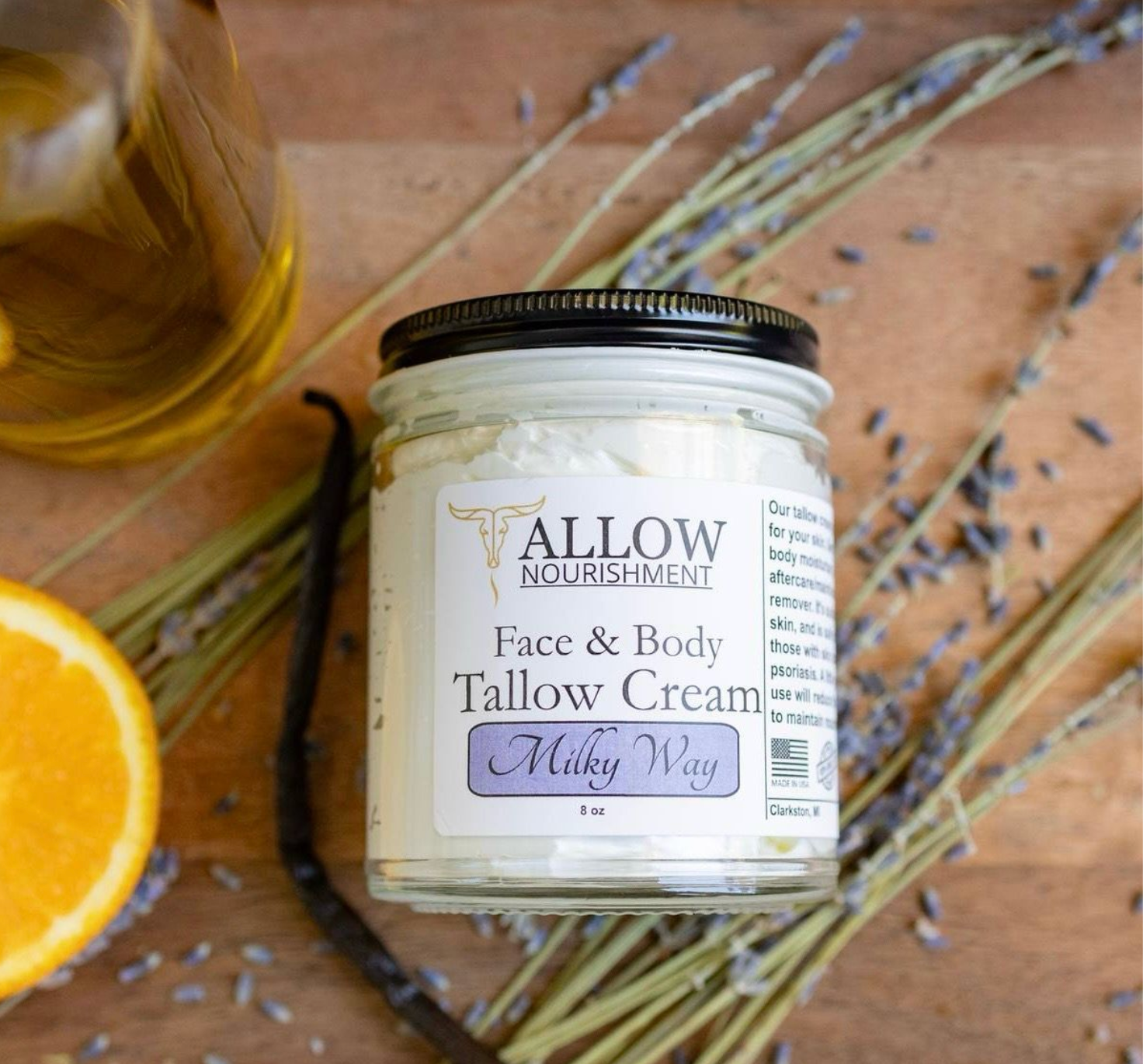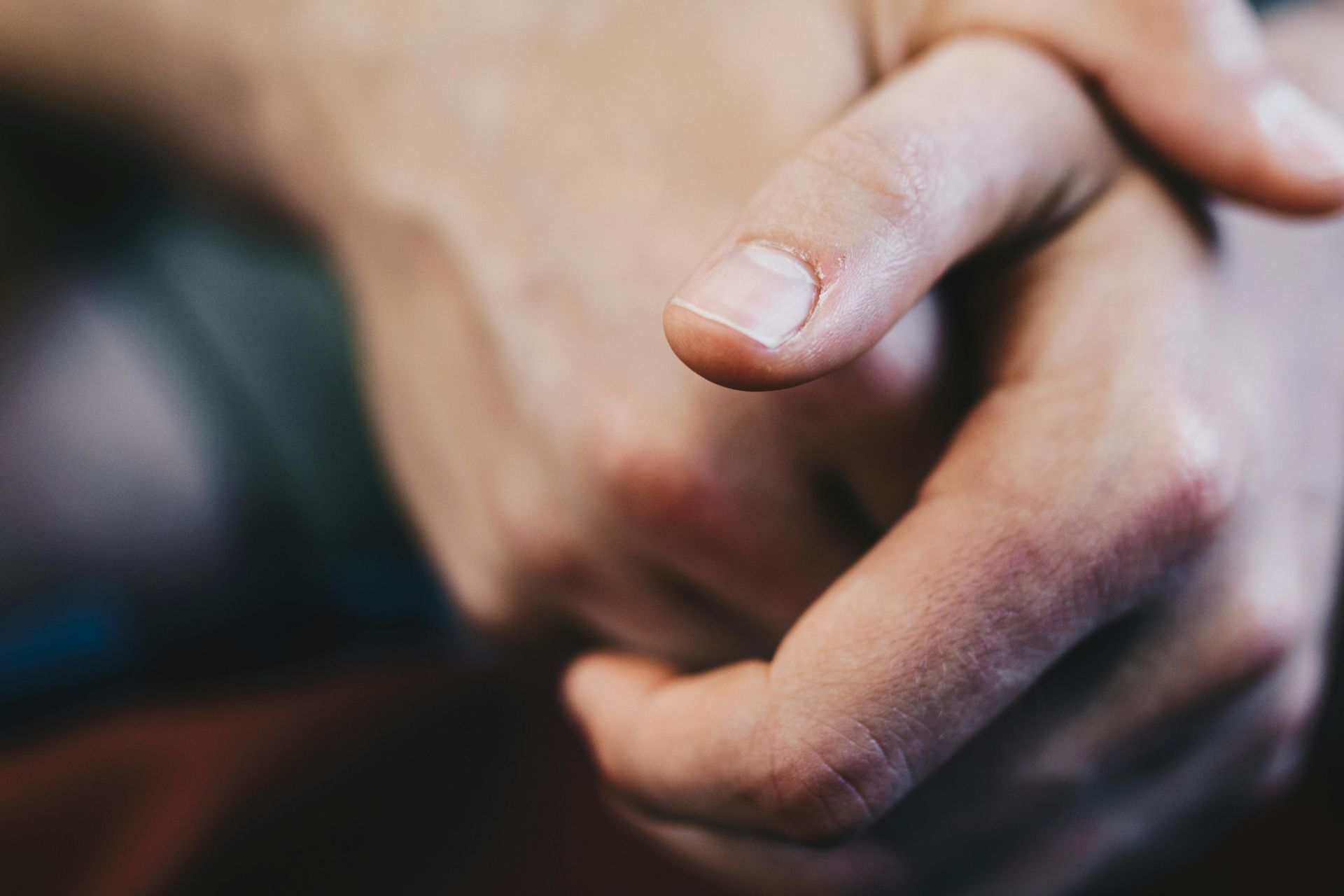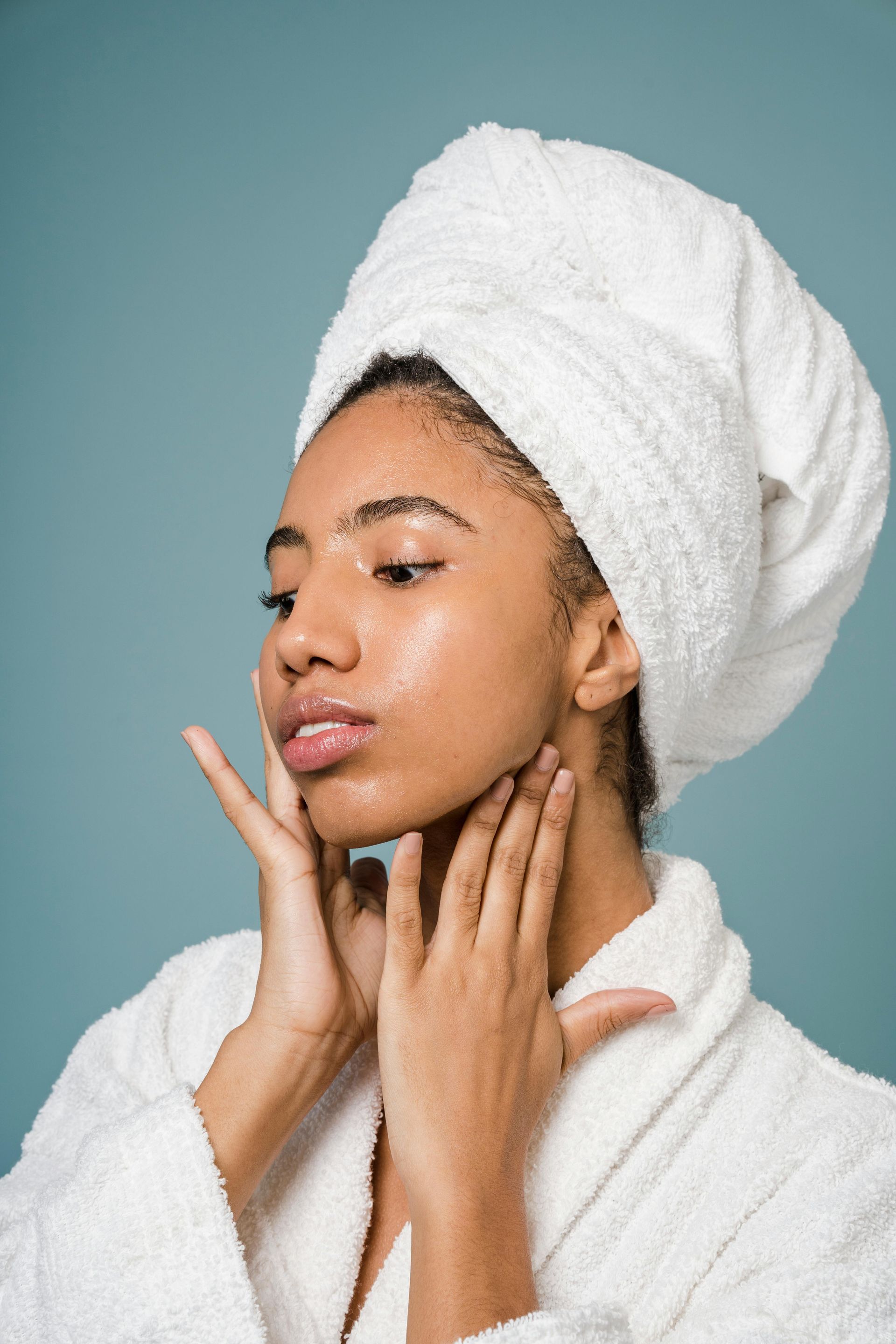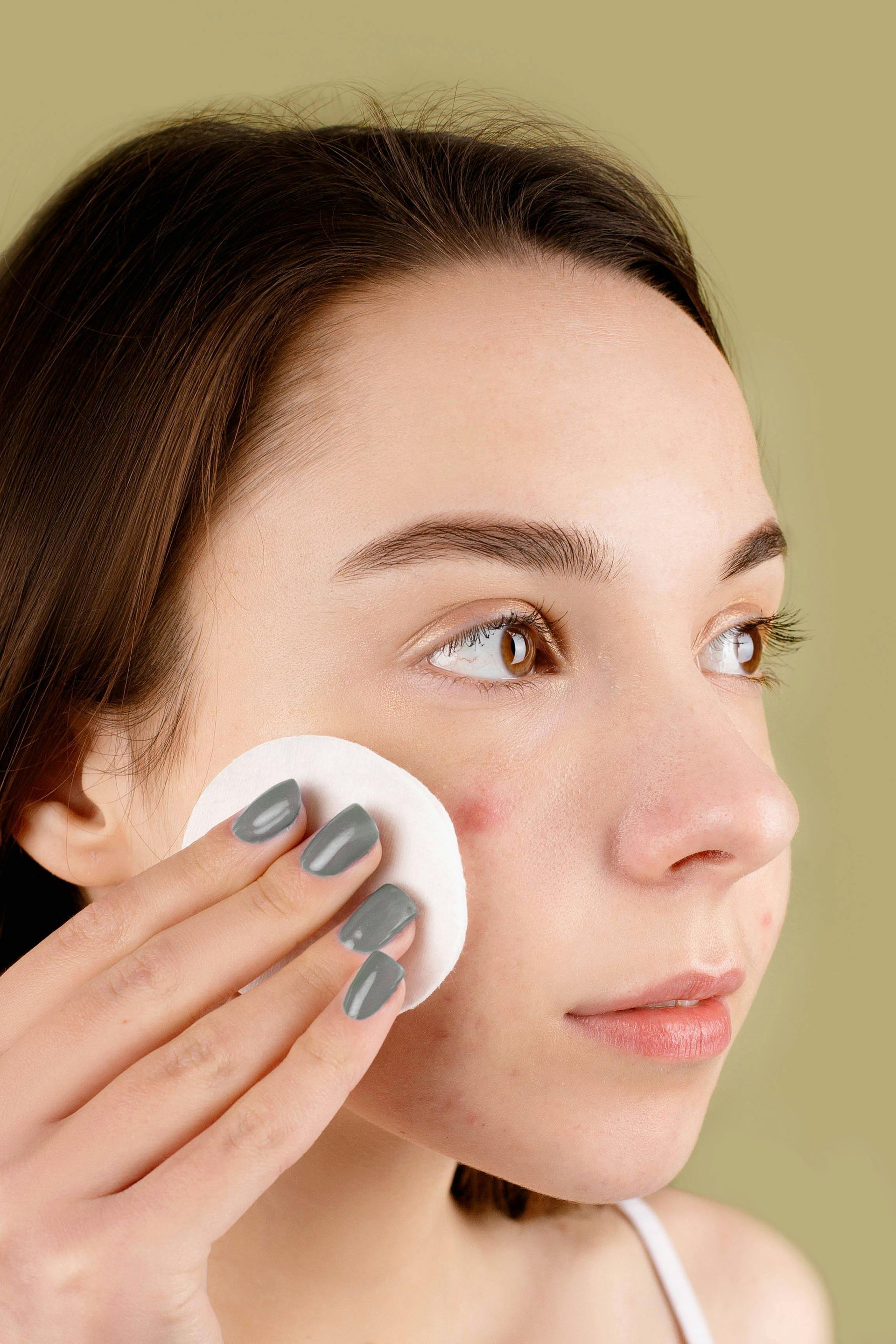Why Are Microplastics Used in Beauty Products - Allow Yourself
Share this Article

Microplastics are tiny plastic pieces found everywhere—oceans, food, water, and even your clothes. They also sneak into your beauty products like makeup, toothpaste, and lotions.
Companies add them as fillers to boost profits or improve texture. This means you may unknowingly put plastics on your skin daily.
Every year, we can consume up to 52,000 microplastic particles. These can build up in organs like your lungs and liver and harm health over time. The FDA banned plastic microbeads in the U.S. back in 2015.
Yet, other types of plastics like polyethylene and acrylates copolymer still exist in about 30% of beauty products today.
The issue spreads far beyond face washes—half of these contain microplastics! But there’s hope for cleaner choices ahead. Keep reading to learn the truth about what’s on your skin—and discover better options for it!
Key Takeaways
- Microplastics, tiny plastic particles, are found in many beauty products and harm both health and the environment.
- Studies show humans consume 39,000 to 52,000 microplastic pieces yearly through food, water, and clothing made from synthetic fibers like polyester.
- The U.S. banned microbeads in rinse-off products in 2015 under the Microbead-Free Waters Act; Europe has also set restrictions on microplastics.
- Common microplastic replacements include polyethylene and acrylates copolymer, which are still widely used due to regulation loopholes.
- Grass-fed tallow-based skincare offers a safer alternative with vitamins A, D, E, and K for deep nourishment without environmental harm.
Microplastics in Skincare Products
Microplastics hide in many beauty products you use daily. These tiny particles can harm both your body and the planet over time.
Pervasiveness in the environment
Plastic pollution spreads everywhere. Tiny plastic particles, called microplastics, contaminate natural resources like water, air, and soil. These synthetic polymers break down from larger waste or come directly from products like skincare items with microbeads.
They harm ecosystems and linger for centuries.
You eat, drink, and wear materials containing these pollutants every day. Studies show that food and water contain traces of this contamination due to environmental degradation. Clothes made from plastic-based fabrics also release fibers during washing, worsening the issue.
Presence in food, water, and clothing
You encounter microplastics every day without knowing it. They are in the food you eat, the water you drink, and even clothes you wear. Studies show that humans consume between 39,000 to 52,000 pieces of microplastics each year through these sources.
Contaminated water supplies carry tiny plastic particles from industrial pollution and broken-down plastics.
Clothing made from synthetic fibers like polyester sheds textile microplastics during washing. These end up in rivers and oceans, returning to your meals through seafood or salt. Even packaged foods get exposed because plastics leach into them over time.
This constant exposure has harmful effects on your health and increases environmental contamination worldwide.
Toxicity and health implications
Microplastics do more than pollute food, water, and clothes. These tiny plastic particles can harm your body. Research shows they build up in organs like the liver, lungs, kidneys, spleen, and even fat tissue.
Their size makes them easy to absorb through skin or ingestion.
These plastic particles often carry toxic chemicals and synthetic polymers. Over time, these toxins may lead to health hazards such as inflammation or organ damage. The cosmetic industry’s use of microbeads only increases exposure risks for you and the environment.
Use of Microplastics in Skincare Products
Companies add microplastics to skincare for specific purposes. These tiny particles improve how products feel, last longer, or function well on your skin.
Intentional inclusion by companies
Beauty companies add microplastics on purpose to their products. About 50% of face washes and 67% of facial scrubs contain them. These tiny plastic particles help improve texture, act as fillers, or create a smoother feel during use.
Manufacturers prioritize performance over environmental impact. Microbeads, made from plastics like polyethylene, are common in exfoliants. While they enhance product function, they harm marine life and pollute water systems after washing down the drain.
Functions of microplastics in beauty products
Microplastics serve many roles in beauty products. They act as filler materials, making formulas cheaper to produce while increasing profit margins. Companies use them as texture enhancers or thickening agents, helping creams, lotions, and makeup feel smooth and creamy on your skin.
They also work as binding agents or emulsion stabilizers in skincare products. This helps ingredients mix better and stay blended longer. In sunscreens or waterproof makeup, microplastics create water-resistant barriers that prevent smudging.
Some are used as anti-static agents in hairsprays or film formers for nail polish to avoid cracking.
Their versatility keeps them popular despite concerns about safety and pollution. Keep reading to explore how industries regulate these plastics today!
Industry Practices and Regulations
Many countries have started to ban certain microplastics in beauty products. However, companies still find ways to include synthetic compounds in their formulas.
Bans and limitations on microplastics
Microplastics in beauty products harm the environment and health. Governments worldwide have taken steps to reduce their use.
- The United States banned microbeads in 2015 under the Microbead-Free Waters Act. This stopped companies from adding plastic beads to rinse-off products.
- In Europe, laws limit microplastic use in cosmetics. Several EU countries work together on stricter rules to protect ecosystems.
- Government bans on microbeads aim to reduce pollution in oceans and rivers—fish and wildlife suffer when they ingest these plastics.
- Some beauty brands still use plastic compounds despite global efforts to ban them. These may not fall under current restrictions but still harm the planet.
- Legal restrictions on microplastics are increasing, but loopholes remain for certain types of plastics.
- Policy measures now push for safer alternatives in skincare formulas, encouraging eco-friendly ingredients.
- Alternatives like tallow-based skincare provide natural solutions without harming the environment or your health.
Choose safer options like tallow-based products for better skin and a cleaner world!
Replacing Your Skincare with High-Quality Tallow
Transform your skincare routine with tallow, a natural choice that nourishes deeply and protects effectively.
Allow Nourishment - Who We Are
Allow Nourishment creates natural skincare products that are clean and safe for sensitive skin. The company uses grass-fed and grass-finished suet beef tallow in all its products. This high-quality tallow supports severe skin issues, allergies, and other concerns with simple, organic ingredients.
The founders started the brand after facing their own struggles with harsh skincare products. They believe in holistic care that nourishes your skin without harmful additives. By choosing their tallow-based solutions, you can enjoy a clean beauty routine that truly works.
Keep reading to see how high-quality tallow protects your skin better than synthetic alternatives!
Protecting Your Skin with Tallow
Tallow deeply nourishes your skin with vitamins A, D, E, and K. These fat-soluble nutrients help repair damage, regulate oil balance, and support healing. Your skin feels soothed and renewed with every use.
Minerals and antioxidants in tallow protect against dryness while promoting a healthy glow.
This natural ingredient offers intense moisturizing benefits without clogging pores. It works gently to restore elasticity, reduce signs of aging, and boost hydration levels. Tallow helps create supple, glowing skin by mimicking your body’s natural oils.
FAQs
1. What are microplastics, and why are they used in beauty products?
Microplastics are tiny plastic particles often added to beauty products for texture, exfoliation, or to improve product performance like spreadability.
2. Are microplastics harmful when used in cosmetics?
While they enhance product functionality, concerns exist about their environmental impact since these small particles can enter water systems and harm marine life.
3. How can I identify beauty products containing microplastics?
Check ingredient labels for terms like polyethylene or polypropylene; these often indicate the presence of microplastics.
4. Are companies taking steps to reduce the use of microplastics in beauty items?
Yes, many brands are developing alternatives such as biodegradable materials and reformulating products to address environmental concerns responsibly.








